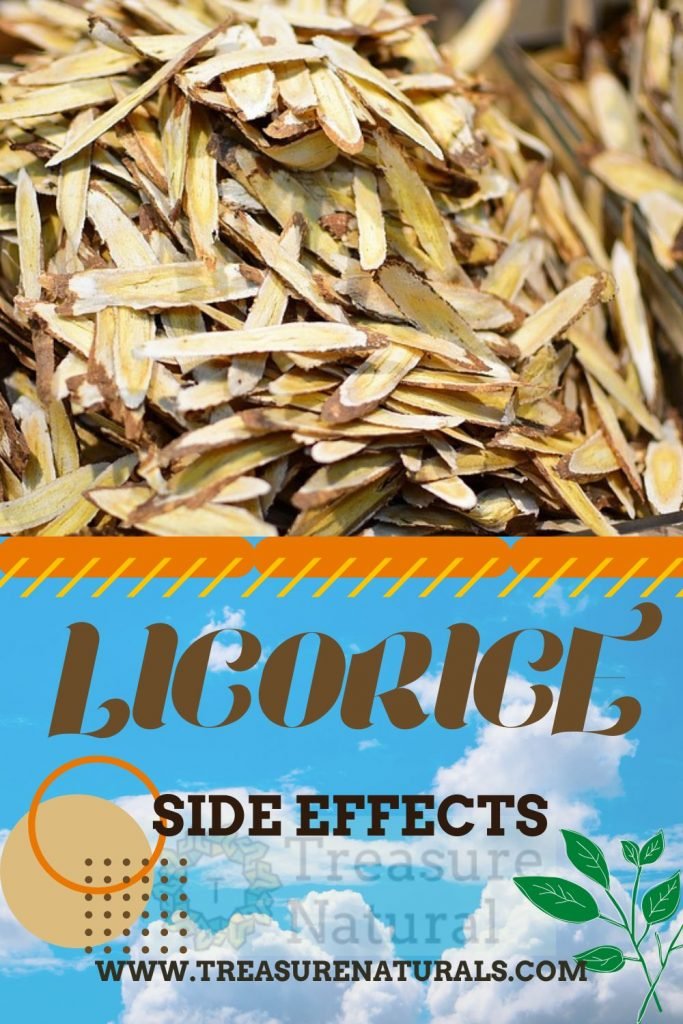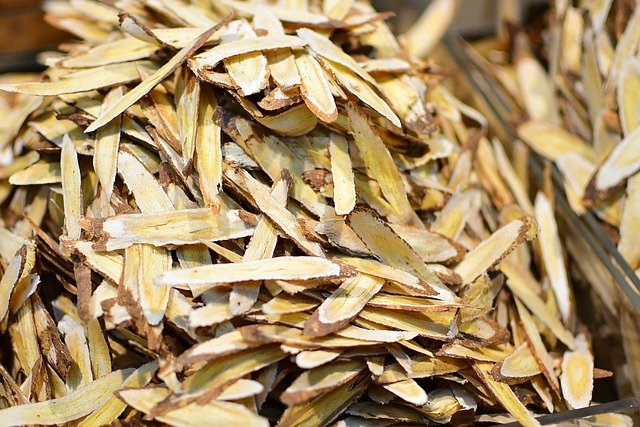
Licorice ( Glycyrrhiza glabra ) is a plant from the Leguminosae family, used for its delicious taste. It is no coincidence, in fact, that the name licorice derives from two Greek words: “glykys” which means sweet and “rhiza” which stands for root. Licorice is also known for its medicinal properties , and is useful as a digestive, expectorant and anti-inflammatory. Let’s find out more about the characteristics and side effects of licorice .
Licorice: characteristics and properties
Licorice belongs to the Glycyrrhiza genus which includes 18 different species of perennial herbaceous plants with summer flowering. Glycyrrhiza glabra is the licorice we know and is the most used.
Licorice is a frost-resistant plant, it has a large rhizome, from which the roots extend, which can even reach a length of two meters. The roots are used for medicinal purposes for their digestive, diuretic, anti-inflammatory, expectorant and protective properties of the gastric mucosa.
Licorice is indicated against cough, sore throat, catarrh, cervical and gastric acidity, it also has a mild laxative function. The virtue that in the past made licorice famous was its thirst-quenching and refreshing one.
Furthermore, licorice is also indicated in case of low blood pressure because it is able to increase blood pressure.
The side effects of Licorice

Due to its property of increasing blood pressure, licorice is not suitable for people suffering from hypertension.
There are also other side effects of licorice, mostly related to the abuse of this root:
- heachache,
- swelling of the face and ankles,
- water retention.
Licorice can also interact with medications such as:
- diuretics and laxatives, as they can increase potassium loss;
- cortisone, because they increase the anti-inflammatory effect.
As with any medicinal plant, caution is advised when taking licorice during pregnancy and breastfeeding.






